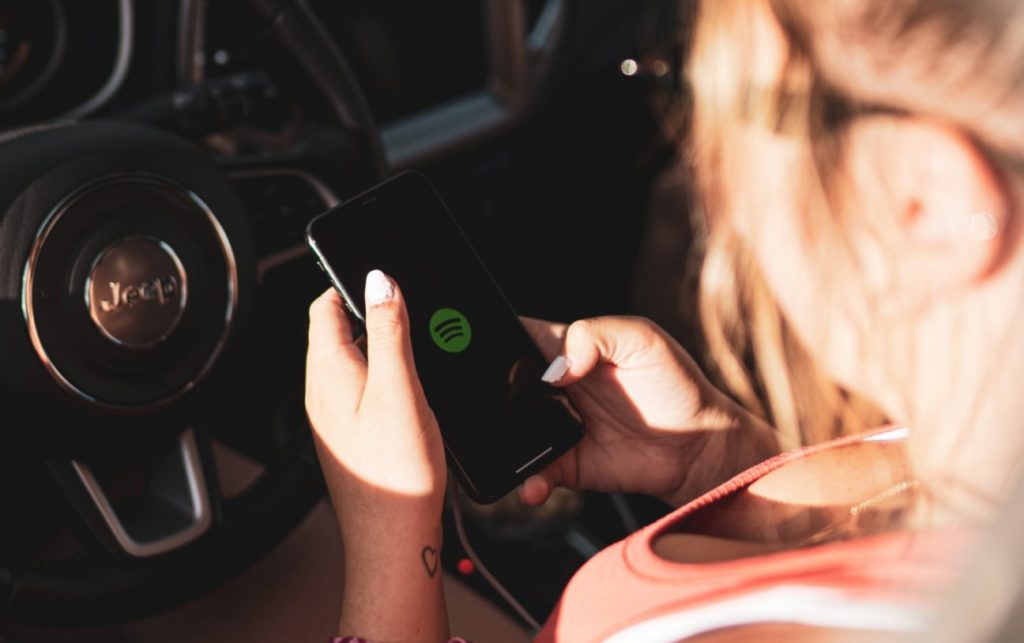August 12, 2020
A modicum of panic in songwriter circles emerged this week thanks to the news, via a Billboard report, that the likes of Amazon Music and Spotify had won a “procedural victory” in their appeal against a mandated streaming pay rise for songwriters in the United States.

That pay rise was originally set two years ago, when the US Copyright Royalty Board (CRB) ruled that streaming royalty payouts for publishers and writers would rise by 44%-plus in the States between 2018 and 2022.
Billboard reported Saturday (August 8) that, in a setback for songwriters, the US Appeals Court had “thrown out the rate structure cobbled together by a majority of the board’s three judges”. At the time of that report, the decision from the Appeals Court was sealed – meaning that we couldn’t get access to its finer details.
“WE ARE HEARTENED THAT THE COURT UNDERSTANDS AND SUPPORTS THE FACT THAT SONGWRITERS ARE GROSSLY UNDERPAID BY STREAMING SERVICES. IT IS SHAMEFUL THAT SPOTIFY AND AMAZON HAVE NOW SPENT MILLIONS OF DOLLARS – MONEY WHICH COULD’VE BEEN PAID TO SONGWRITERS – ON ATTEMPTING TO DENY THEM A RAISE BASED ON TECHNICALITIES.”
DAVID ISRAELITE, NMPA
To understand the Appeal Court’s view, you first have to understand how, exactly, songwriter pay was increased by the CRB in its ‘Phonorecords III’ decision in the first place. Before ‘Phonorecords III’, the likes of Spotify, Amazon Music and YouTube Music (who are all appealing the CRB decision) previously had to pay songwriters/publishers a headline royalty rate of 10.5% of their annual US streaming revenues. This “all in” number covered both mechanical and performance royalties.
In 2018, the Copyright Royalty Board (CRB) ruled that, for the five years from 2018-2022, this “all in” rate would rise by around 1% annually, up to 15.1%.
Talk to the music matching team to discuss how the highly dynamic Matching Engine can support your systems as new industry developments arise.
However, complicating matters a bit, the CRB also ruled that each streaming services would either have to pay songwriters this headline rate, or, if it resulted in a higher figure, up to 26.2% of their “Total Content Costs” across records and publishing (see ‘TCC’ above).
This ‘Total Content Costs’ figure, ruled the CRB, will be uncapped from 2018 onwards, meaning the 26.2% can be of an unlimited figure. Crucially, it means that whatever the services pay record labels is tracked/tied to the amount they pay publishers.
According to the Court of Appeals, the likes of Spotify and Amazon have argued that “the [CRB’s] decision both to uncap the Total Content Cost prong and to increase the percentages used to calculate the revenue prong and total content cost prongs were arbitrary and capricious”. The Court of Appeals has now shown sympathy with this argument. Its new ruling states: “The Streaming Services are correct that the [CRB] failed to provide adequate notice of the drastically modified rate structure it ultimately adopted.”
In addition, the Court criticizes the CRB for not providing “a reasoned explanation” for refusing to use prior CRB rate-setting decisions as “a benchmark when setting the total content cost and revenue rates”.
“THE STREAMING SERVICES ARE CORRECT THAT THE [CRB] FAILED TO PROVIDE ADEQUATE NOTICE OF THE DRASTICALLY MODIFIED RATE STRUCTURE IT ULTIMATELY ADOPTED.”
COURT OF APPEALS RULING